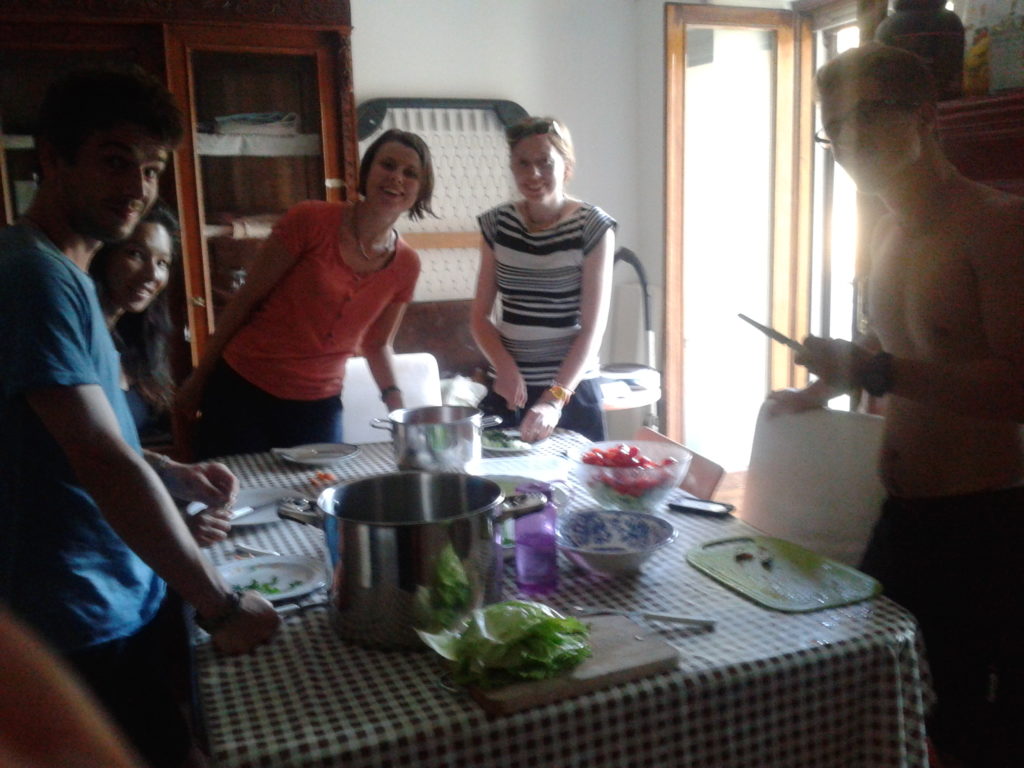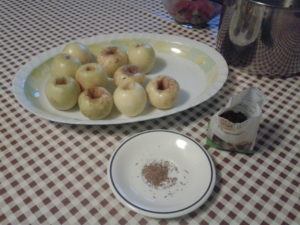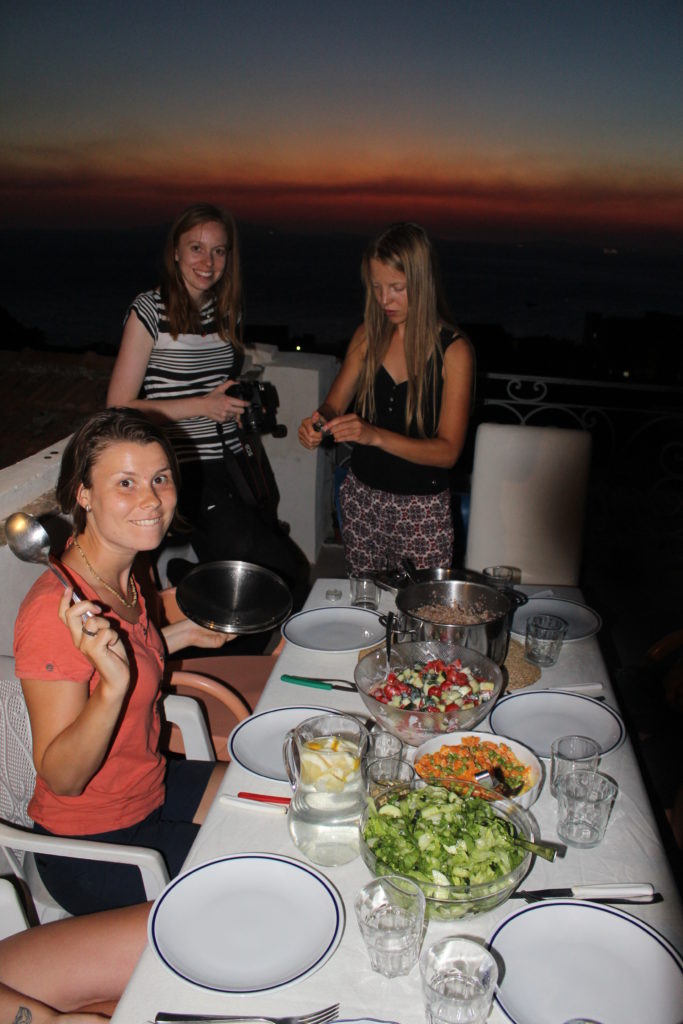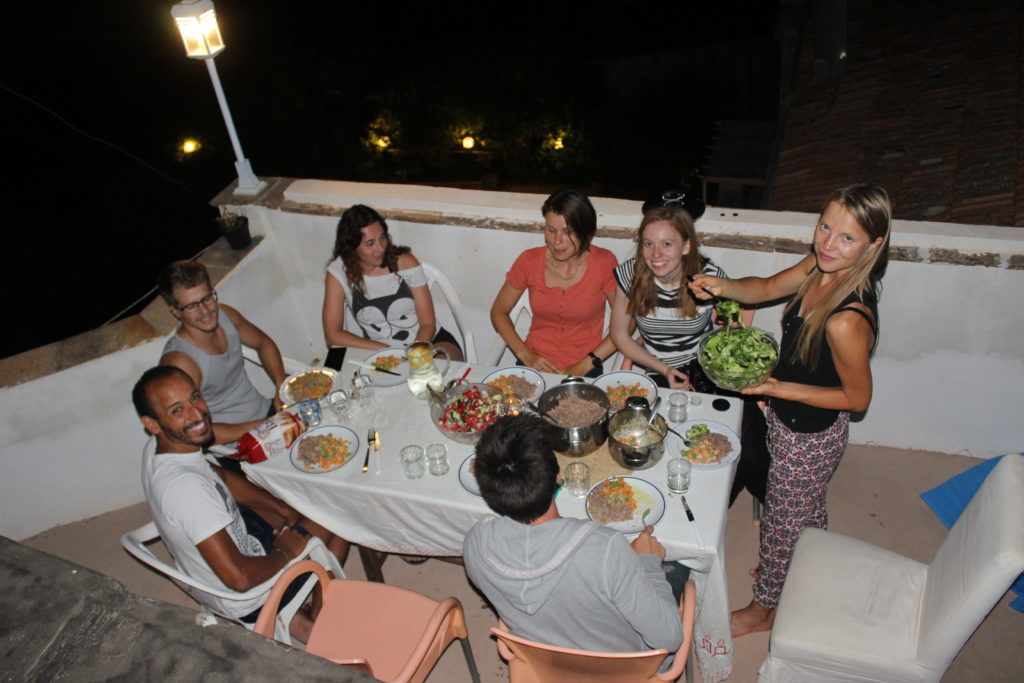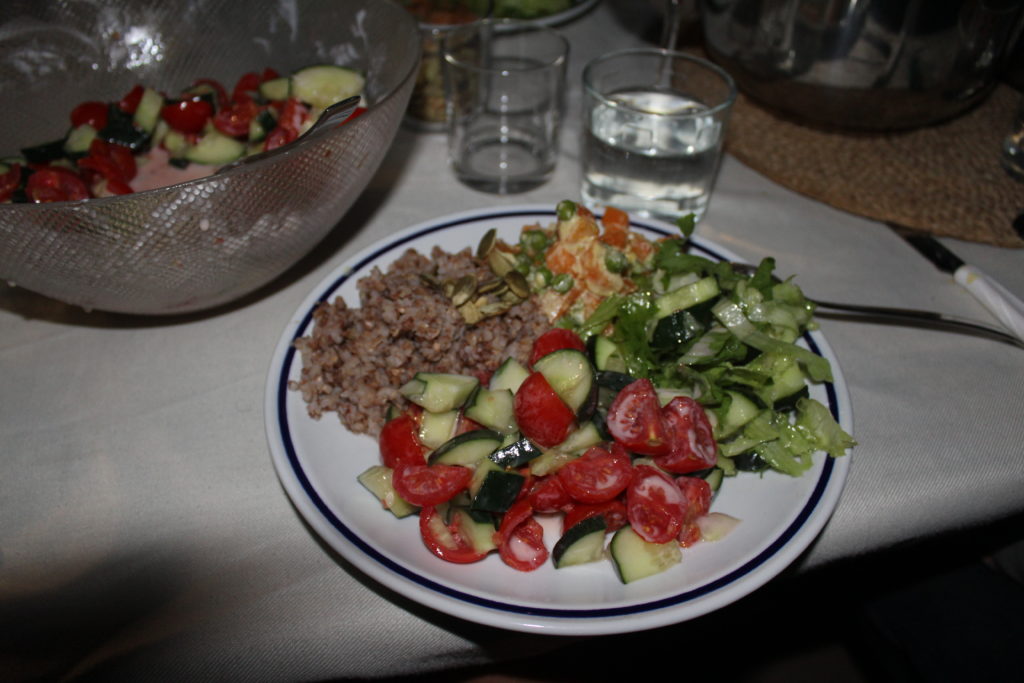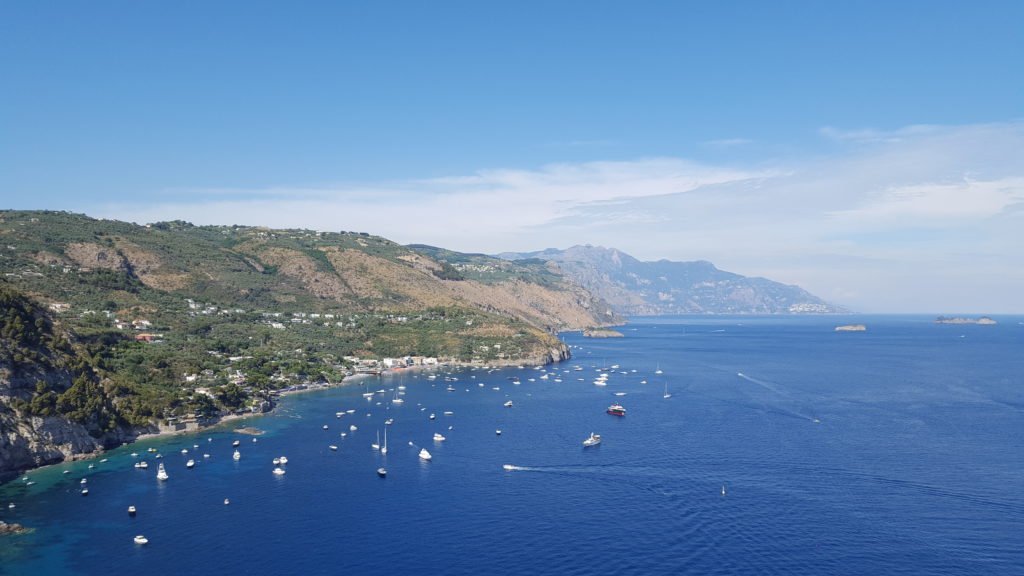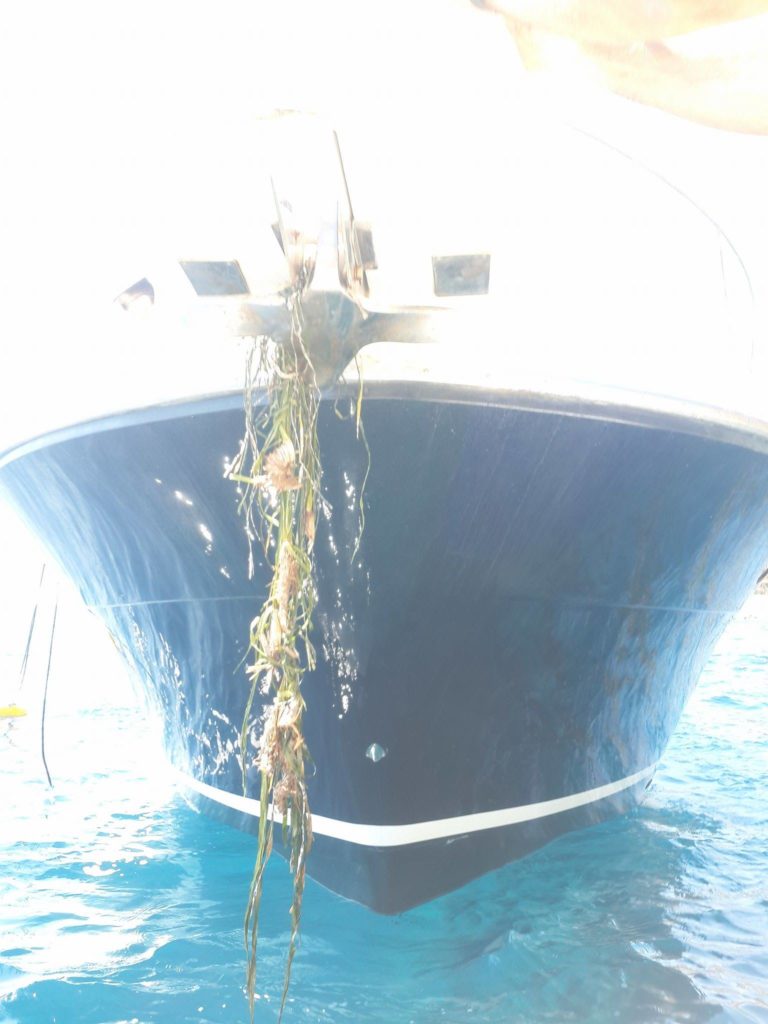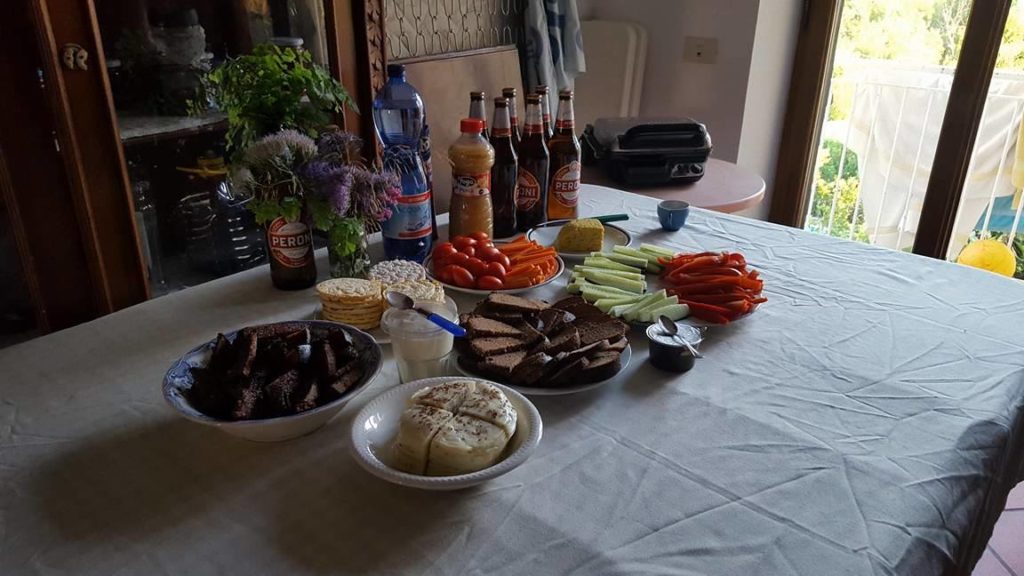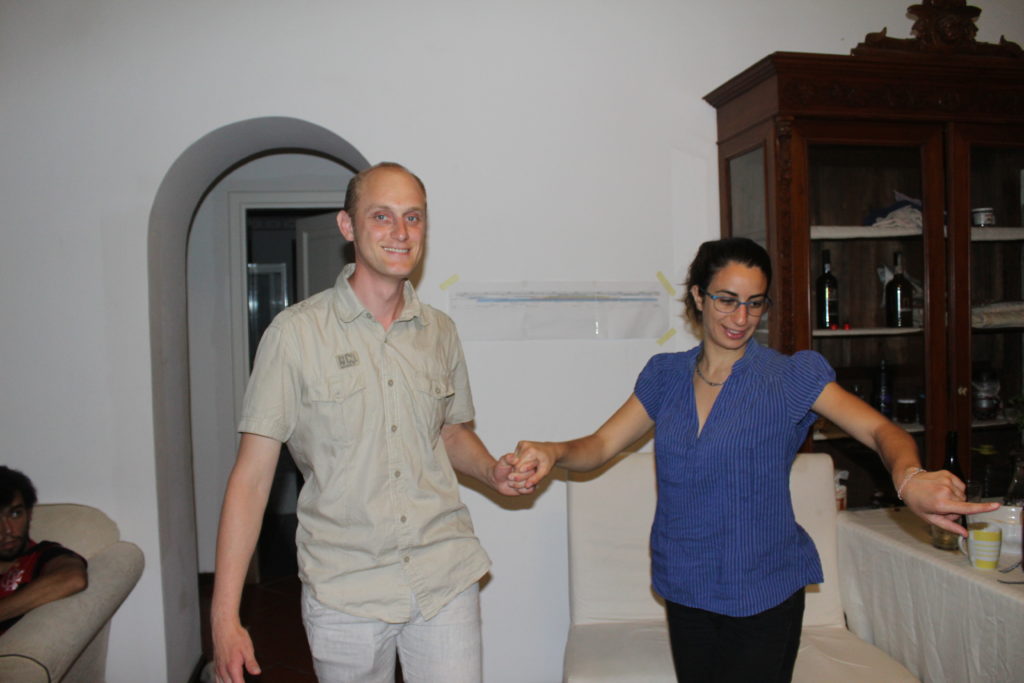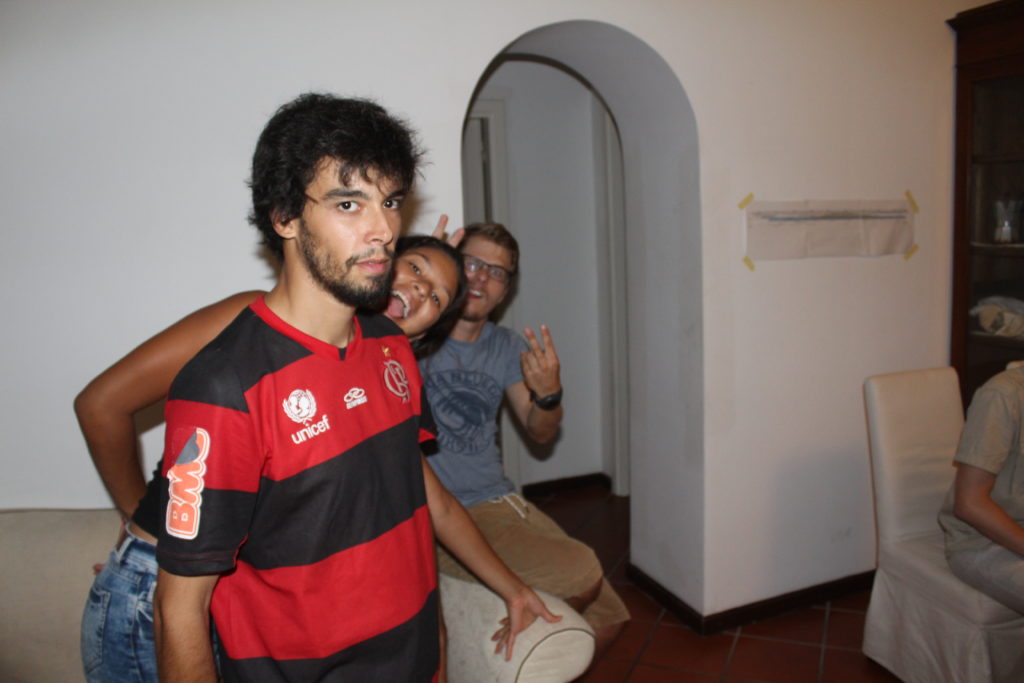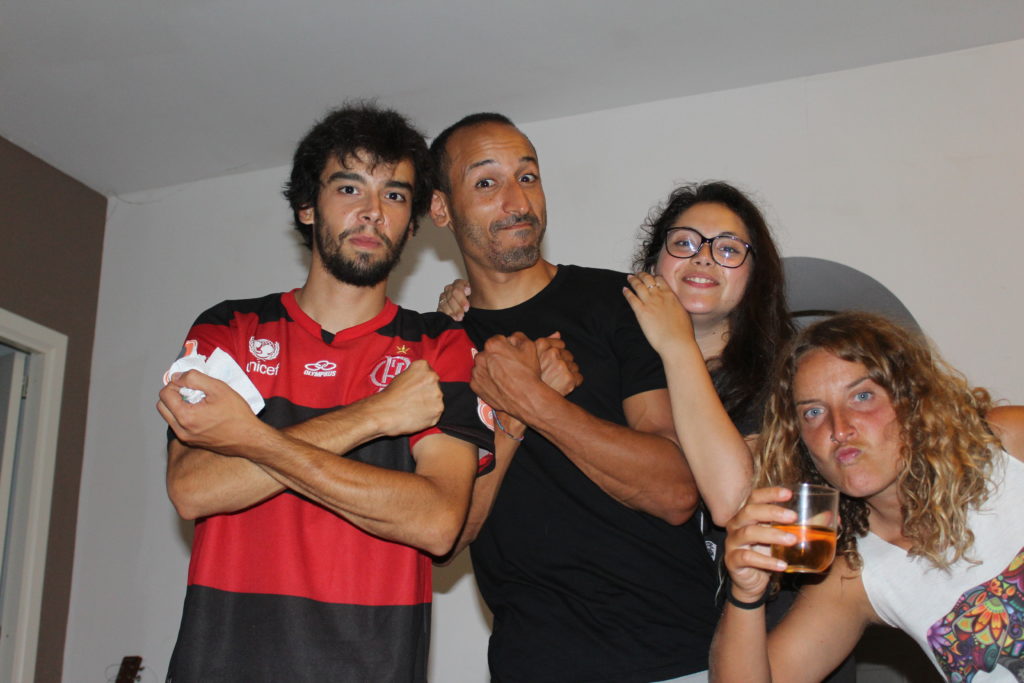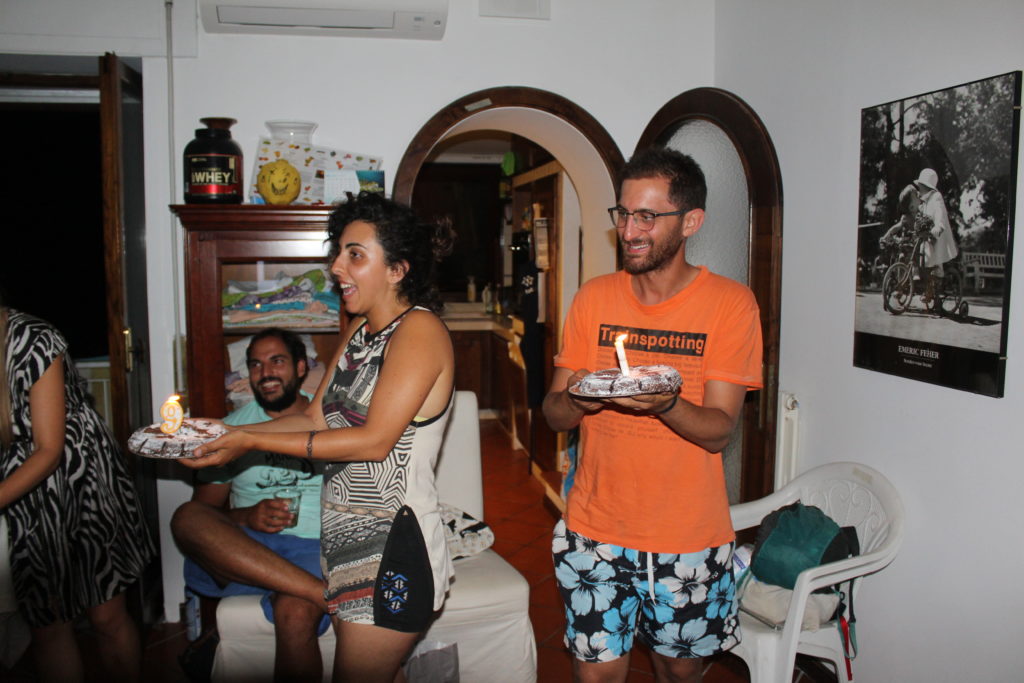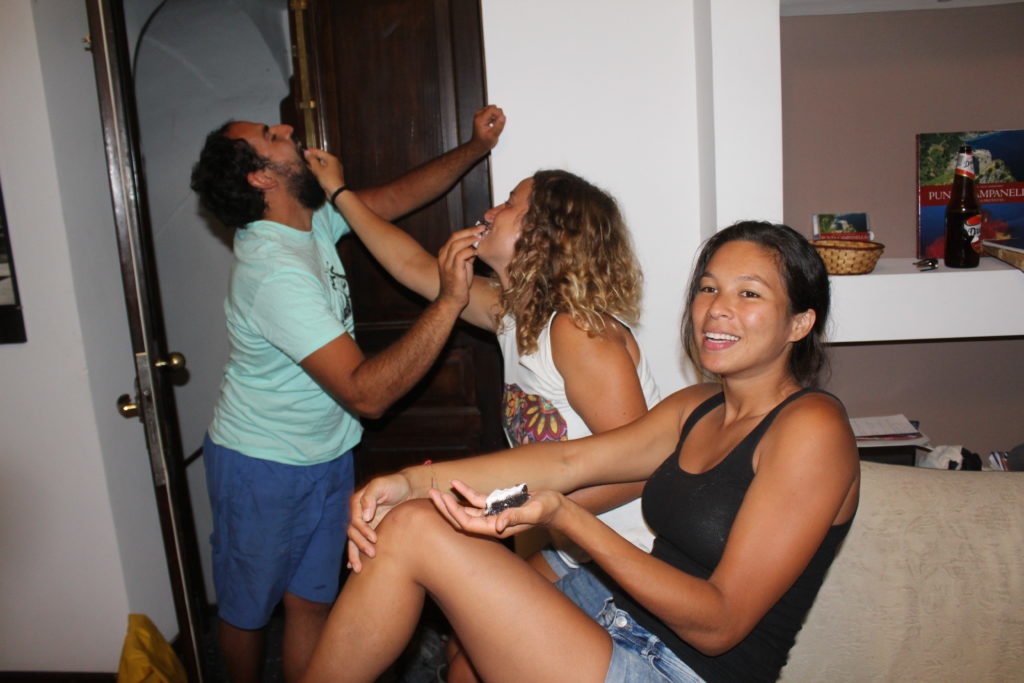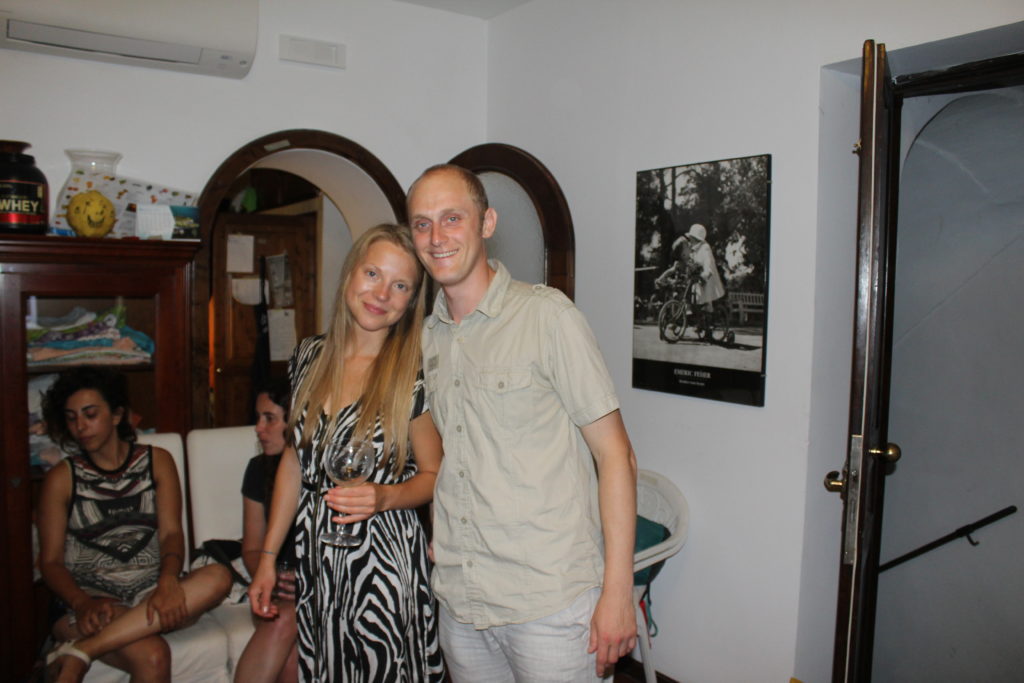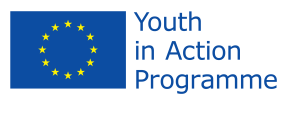Updated on November 20, 2020
Algae and Posidonia lesson!
Some time ago we told you about our First Approach to Algae and Aquatic Plants. Project M.A.R.E. volunteers and some students from Sant’Anna Institute of Sorrento learnt about these organisms trough theoretical lessons, snorkeling and laboratory experience. Now, are the EVS volunteers which help with these lessons!
Because we love new experiences, this time we decided to give the lesson to the American students at Ieranto Bay. FAI provided us the space for the theoretical lesson and, of course, carrying all the material was a nice adventure!
The day started with the walk until Ieranto. It was a really hot day, but the students could enjoy the view and improve their knowledge also about the area. Already in Ieranto, Domenico started with the Posidonia oceanica lesson. The students were interested and curious about to see this plant on its natural environment. So, we decided to go snorkeling. The sea was a bit rough with some waves and not good visibility, however everybody was happy and enjoying a lot the experience!
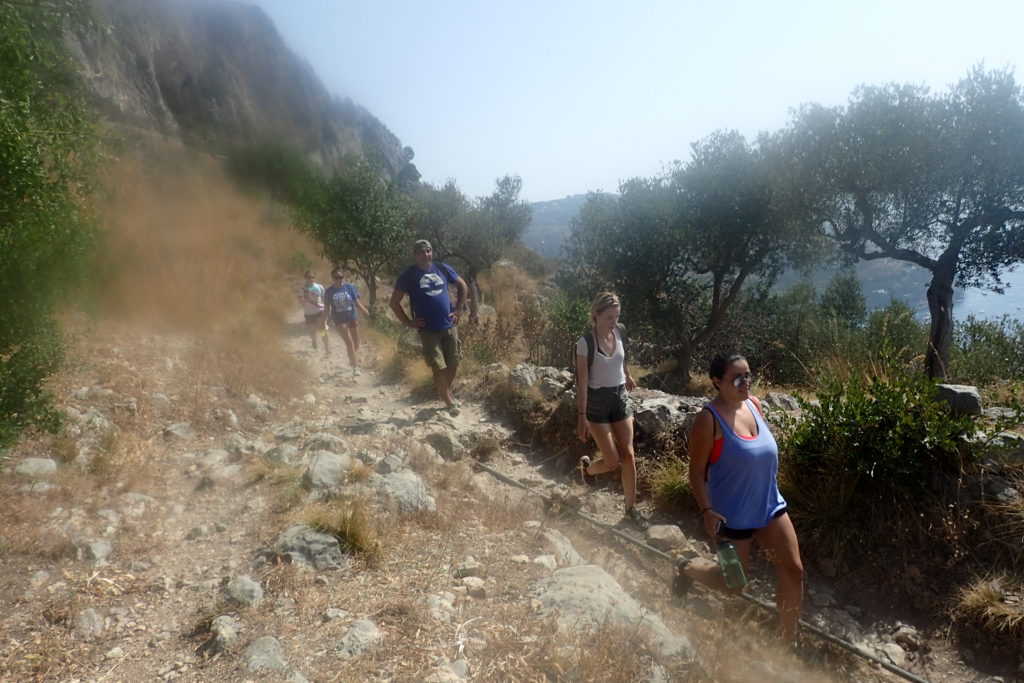
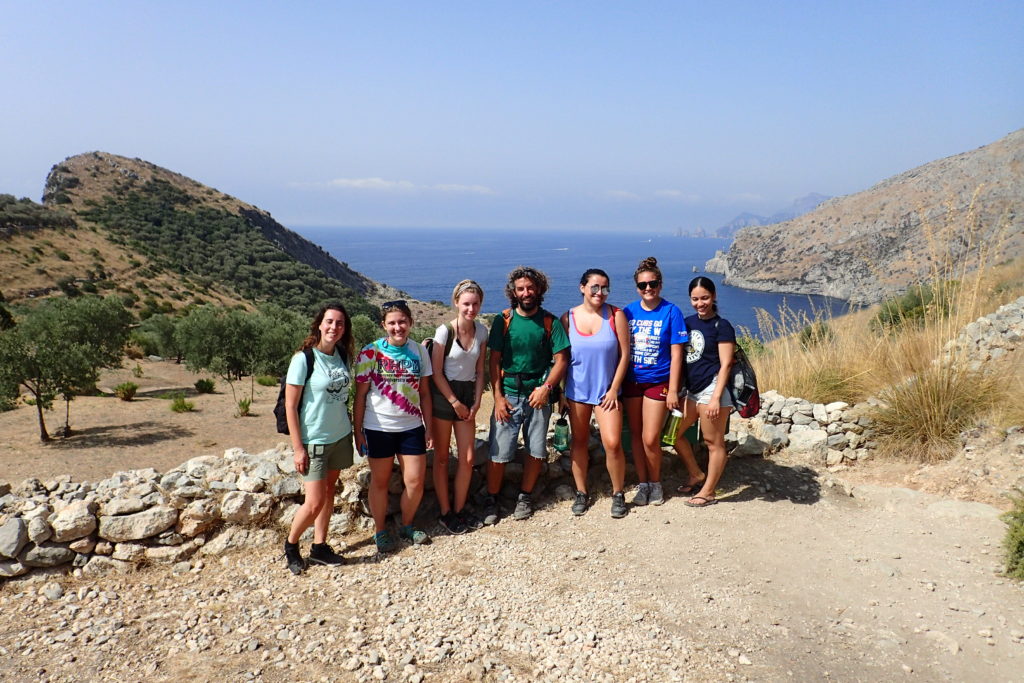
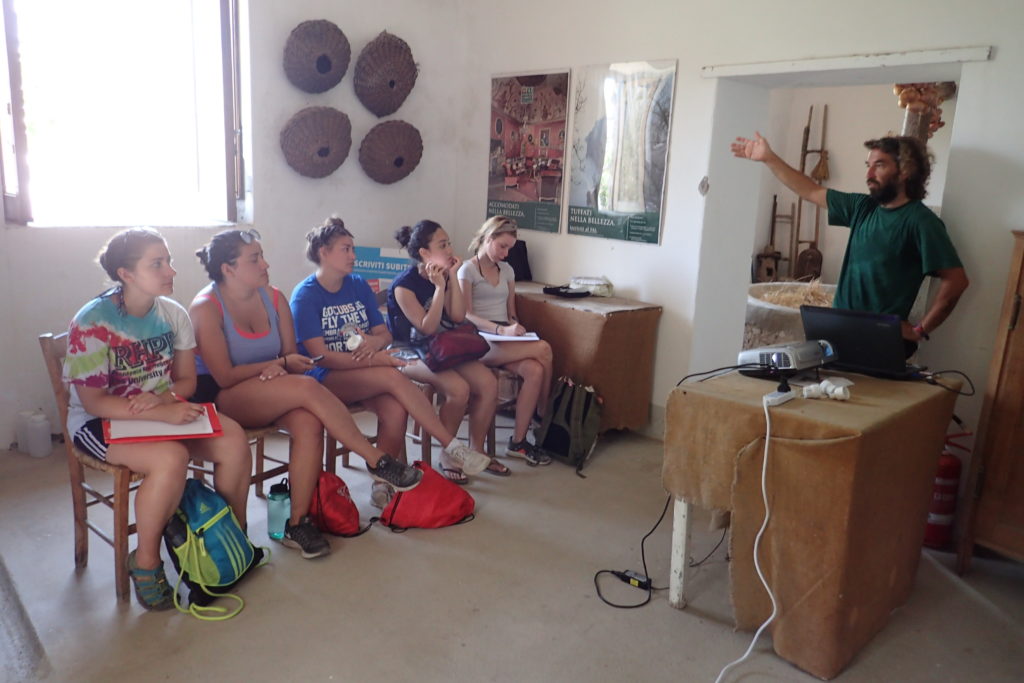
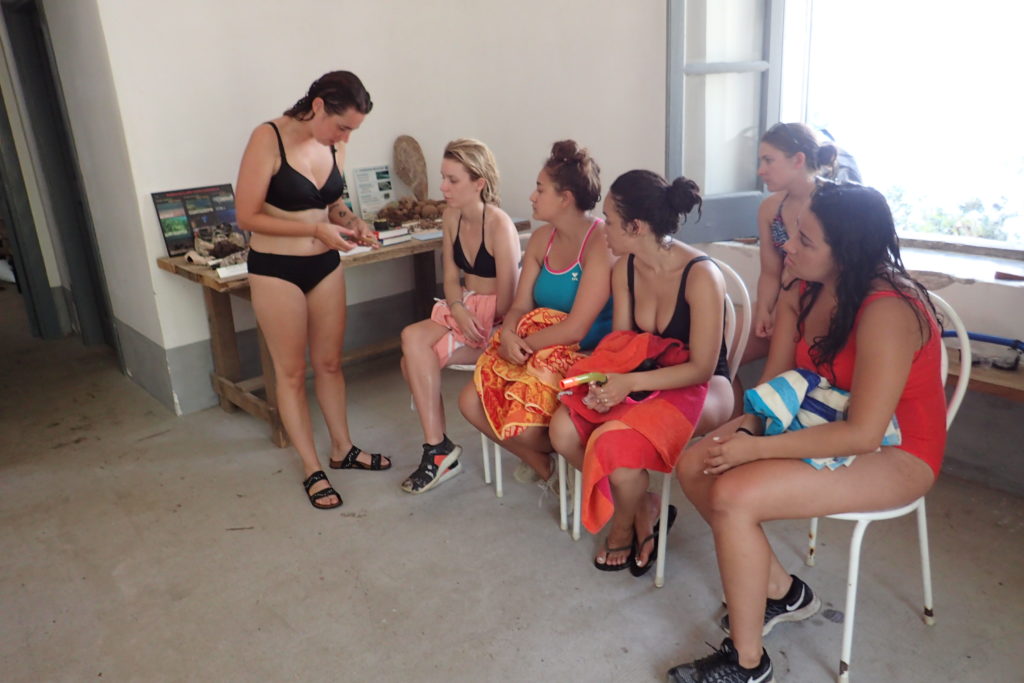
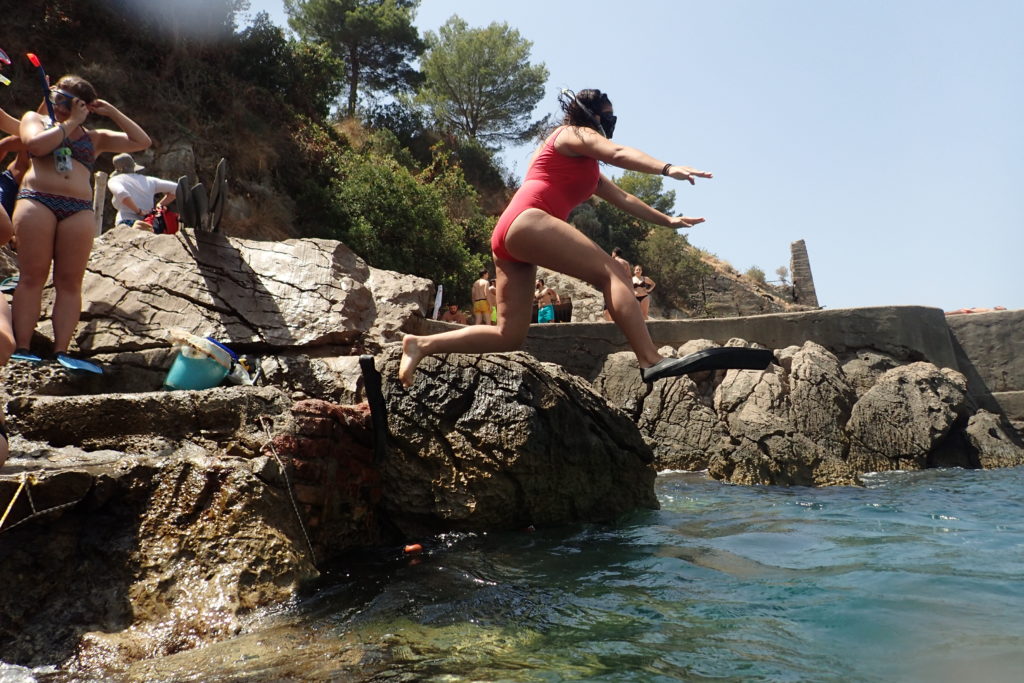
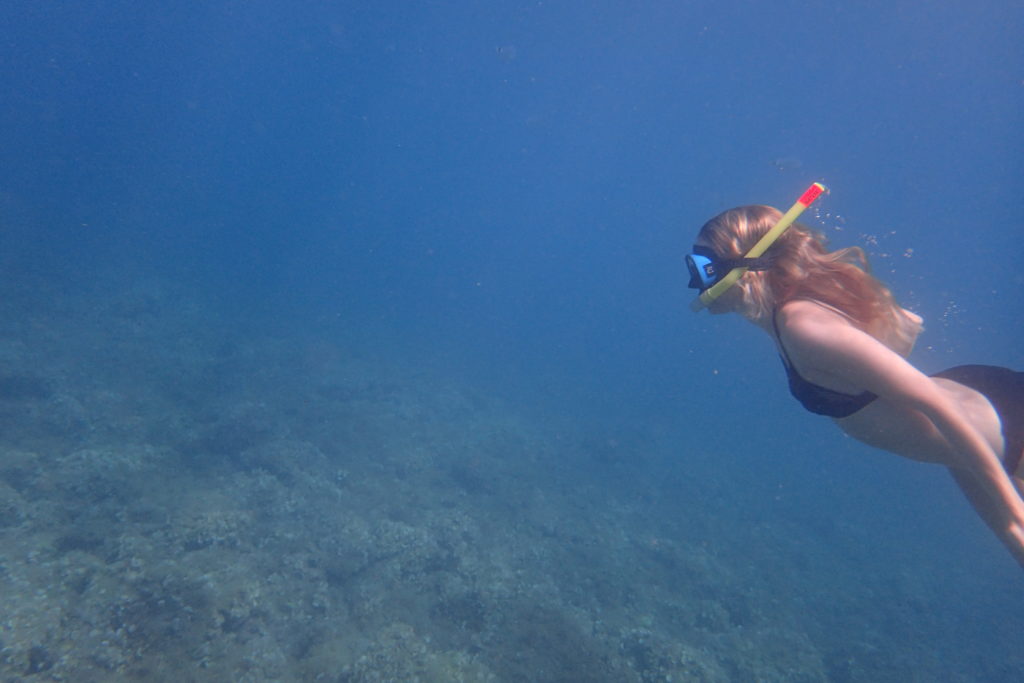
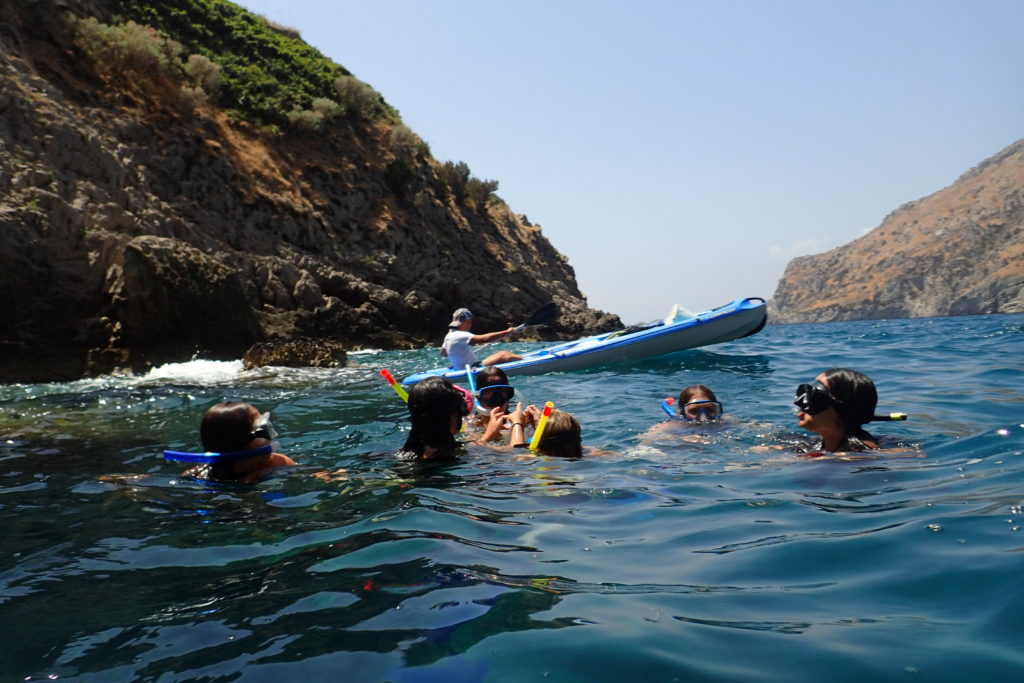
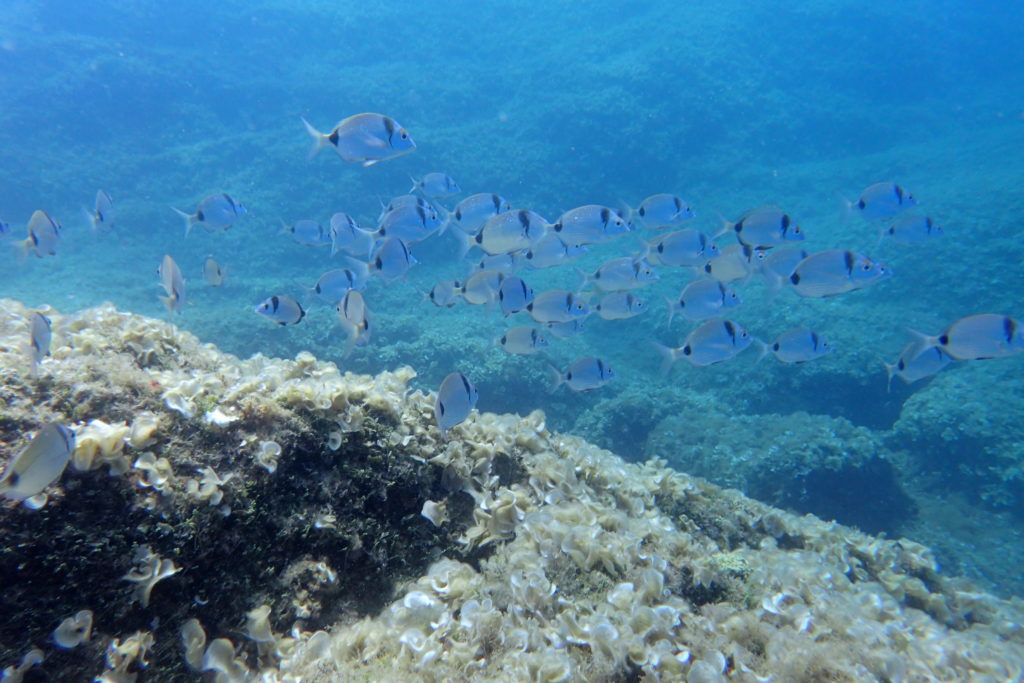
Because we want to provide a nice day to the American students, we settled to have a break for lunch with time for talking and resting.
The afternoon started with the laboratory experience. During the snorkeling, the students had the chance to collect some samples of Posidonia oceanica and Algae, so in this task they should analyze Posidonia and identify Algae species. Some people from FAI and Fondalicampania were with us enjoying the learning and everybody could learn a lot and had fun at the same time. The day finished with the Algae theoretical lesson provided by Olga.
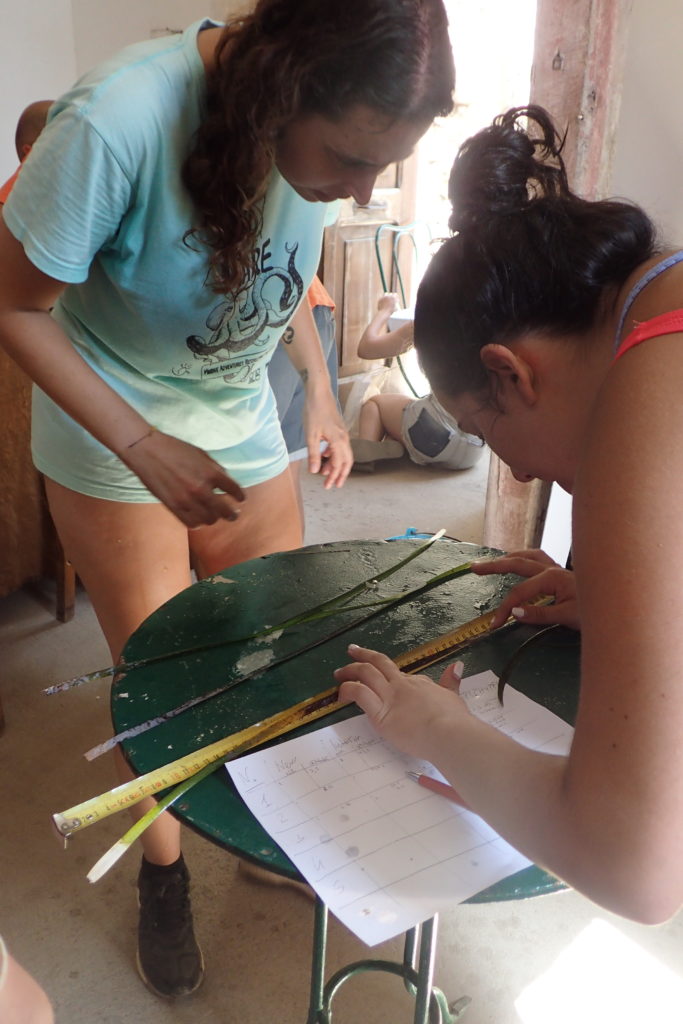
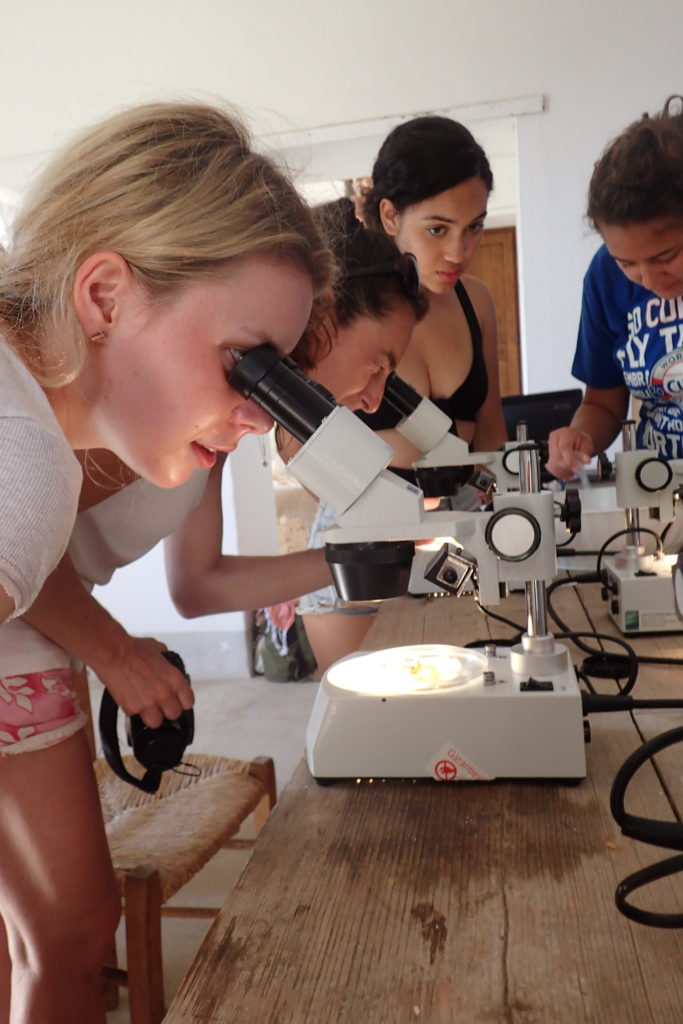
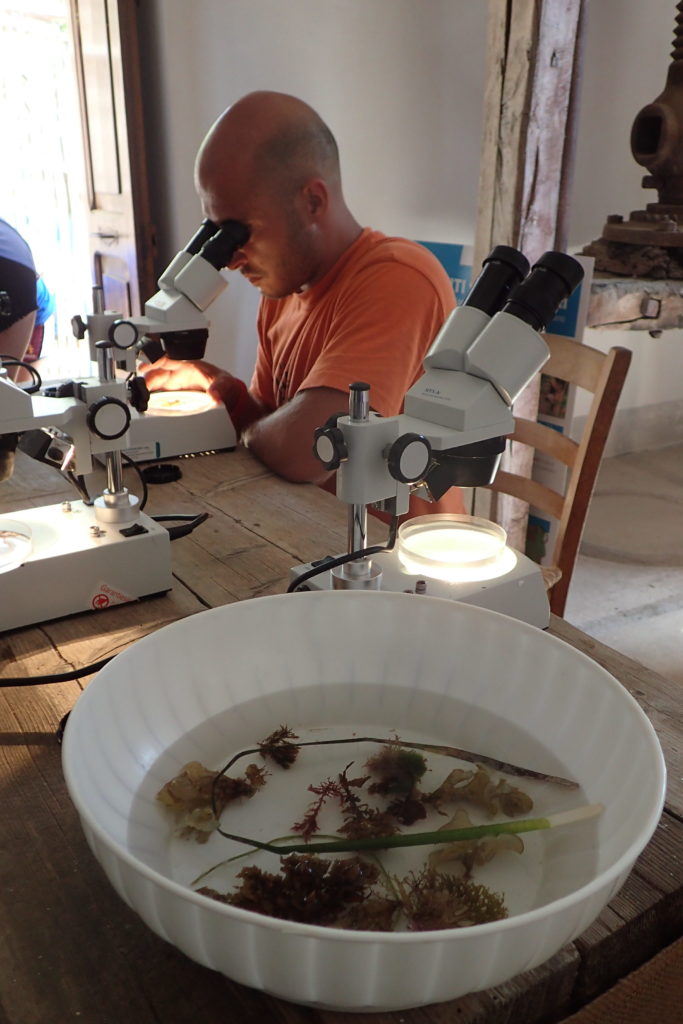
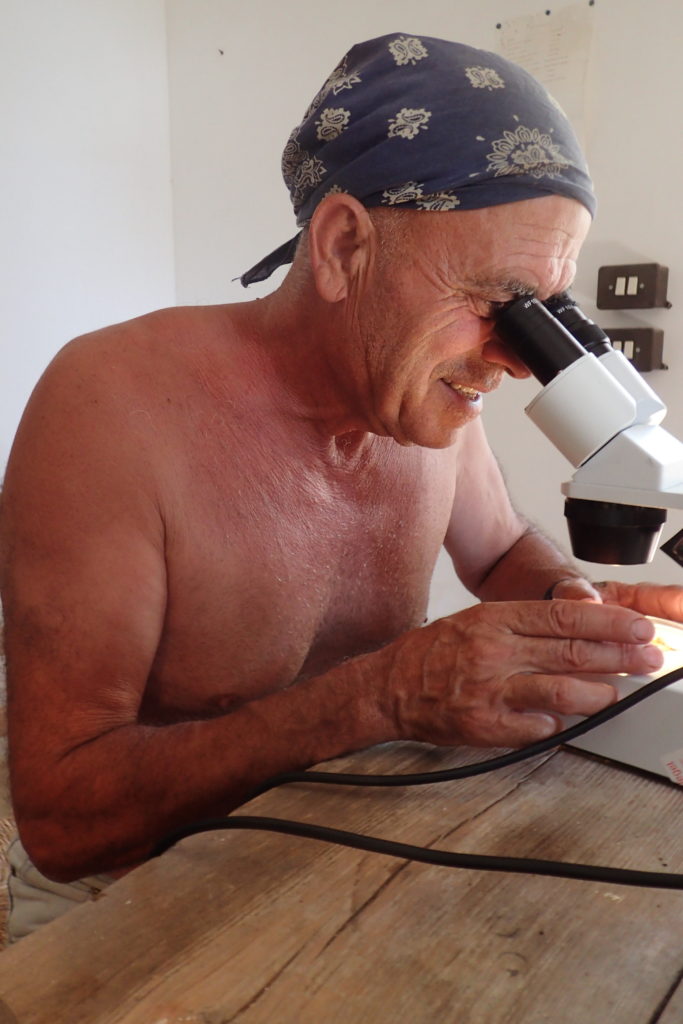
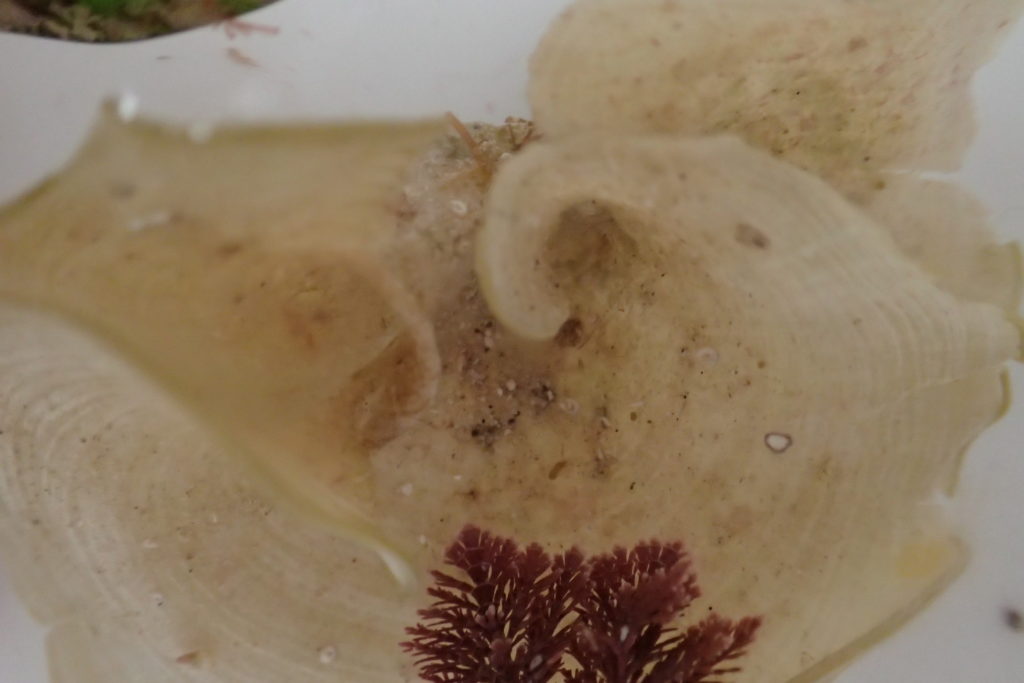
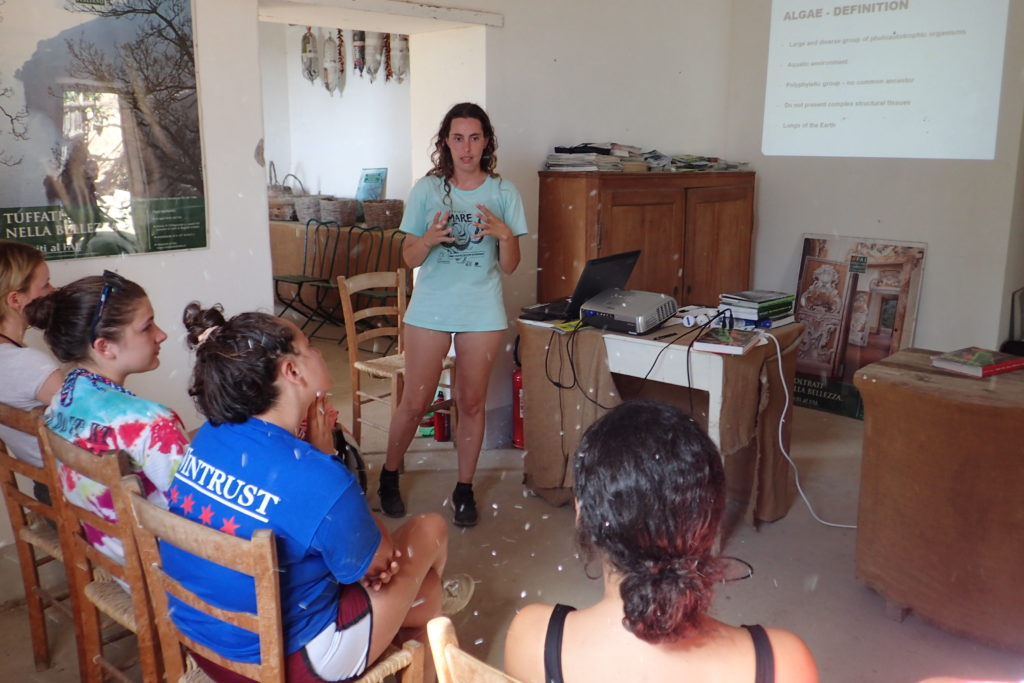
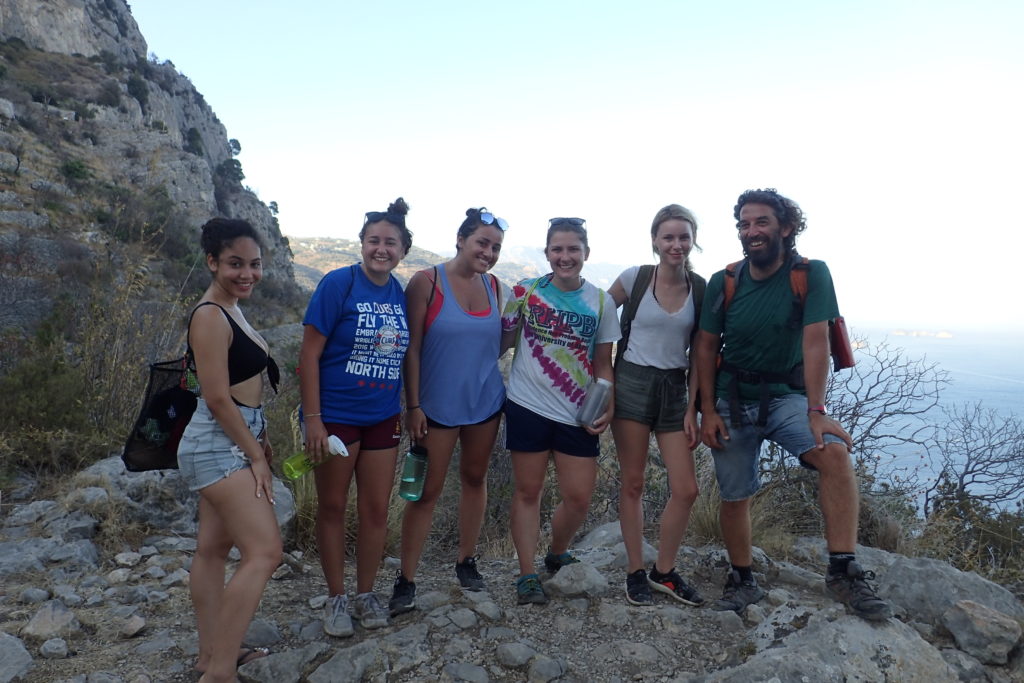
The general feeling was that we could provide a nice day to the students, full of marine biology knowledge and good mood!
Posted on July 20, 2017
The final party of Latvian cultural month
On Monday evening, taking chance to gather all the volunteers at home before half of our team leaves to go to the midterm-training, me and Valentina – a Latvian volunteer from M.A.R.E. edition 2014, who comes back every summer to give a helping hand in monitoring of the Ieranto bay and to enjoy this magical place once again, organised a final party of Latvian cultural month. Also Stéphanie, a super cute person and a veteran of this project, arrived a few days ago to spend two weeks with us.
The idea was to involve everybody in the cooking process and to show, how to cook some of typical Latvian dishes. For this time we decided to serve buckwheat with to types of fresh salad (leaf salad + cucumbers + greens + linseed oil and cucumbers + tomatoes + unsweetened yogurt instead of the sour cream), a carrot and green peas stew and baked apples for the dessert. To create a further mood a Latvian music was played in the background. We started with cutting the vegetables (including a master class of carrot cutting art) to prepare everything for the salad and one of the main dishes.
We had also another guest – a French guy, who spent time with project M.A.R.E. volunteers three years ago and is also a friend of Méli. Yes, the world is small!
Meanwhile the buckwheat and the stew had been cooking, we prepared the apples and filled them with raisins and cinnamon.
The final part of the party took place on our terrace soon after the sunset. We could enjoy the meal with a beautiful view to the sea and later the clear sky full of stars. So lucky to have this place!!!
Updated on July 17, 2017
Patrolling the ‘Yellow’ Zone: “Campo Boe”
Every year, from the 15th of June to 30th of September, the park operates and maintains 27 yellow buoys in a yellow zone (meaning you cannot anchor there) near Nerano. The buoys themselves were installed to protect the posedonia within the area, since anchors can rip up large swaths of it in one go. There are many boats that come and go, with the weekends being the most hectic. The activity is headed by Luca and Nicola, the two boat captains of the Area Marina Protetta.
From around the 20th of June, Anis and Henrik have been helping the responsible persons with their jobs, with more languages and manpower available to ensure as good a job as possible is carried out. It is hot work under the sun, but luckily the company is excellent. The other main aim of us volunteers involved with the management of the buoys is to educate in the spirit of project M.A.R.E. regarding posedonia: know where you can find it; why it is important, and ask people to respect it. The sight of a posedonia tangled anchor is not a nice one:
We also spend time cleaning the sea between handling boats, with plenty of garbage being picked up during the day. Captain Luca should earn the title “Hawk-eyes” due to his impressive ability to spot anything, trash or useful, within the sea from miles away… especially hats…
Several hundreds of boats have been handled, which hopefully will help spread the message of the good work the park is doing and what people can do to avoid destroying posedonia. Anis and Henrik also get to improve their Italian, with downtime being spent discussing Italian culture and problems… and football (Squadra di Napoli). Not to mention the clients of the buoys themselves… all in good humour!
Hard work with great results!
Updated on July 5, 2017
Marine Biology Course in Nerano
For the last seven years, the Marine Protected Area Punta Campanella has organized Marine Biology Courses. This Course is done together with “Parthenope” Napoli University and it gives 3 ECTS for the students. An intensive week full of knowledge about Mediterranean marine life provides people from all over Italy to have a close contact with this protected environment. The Course is held by the renowned biologists: Professor Giovanni Fulvio Russo and Professor Roberto Sandulli from the University and Dr. Guido Villani from the Institute of Biomolecular Chemistry of CNR Pozzuoli. The schedule of the Course comprises lectures, sampling through diving and laboratory studies.

The subjects were so diverse as ecology of the marine plant Posidonia oceanica, the seaweed Caulerpa cylindracea and the sea urchins Arbacia lixula and Paracentrotus lividus; visual census of the ichthyofauna, underwater photography, oceanography and ecology of meiobenthos.
This year, two volunteers of Project M.A.R.E. had the chance to participate in this amazing Course! Filipe and Olga moved for one week to Nerano and there they dedicated themselves to improve their knowledge in these fields of Marine Biology so they could apply it on their EVS work. Besides of the learning experience they also had the chance to know new people and make new friends.
The Course was taught in Italian however the language barrier was overcame. Filipe and Olga were able to attend all the lectures, communicate with all the presents and do the practical and theoretical work. This means that the language issues are being solved. From day to day the foreigners feel more and more as locals!
Filipe and Olga are really thankful for being given this opportunity and they recommend all of you to attend the course of the next years! The passion of all the involved in this Marine Biology Course was contagious!
Updated on June 30, 2017
Jāņi
On the evening of 23rd of June, when all of project M.A.R.E. volunteers and our friends had gathered at our home, the celebration of the most Latvian holiday of all – Jāņi or “Līgo!”, was initiated. Jāņi is the night between June 23 and June 24 (in harmony with the summer solstice), when people participate in joyous festivities just as their ancestors did centuries ago. Jāņi was originally a festival for pagan farmers that existed long before the arrival of Christianity and the traditions of the festival remain immensely popular to this day. Latvians often say “līst kā pa Jāņiem” (it’s raining as if it were Jāņi) since the weather on Jāņi night is usually not the most pleasant. This, however, is never an obstacle for the merrymaking. Be it a sunny day or raining, Latvians always celebrate at their rural homesteads, or go to an open-air party to dance, sing and be together in good company. Wild flowers picked on the summer solstice are believed to have healing powers. One of the hallmarks of Jāņi is leaping over the bonfire which is meant to rid people of their burdens. In honour of Jāņi, homes are decorated with birch, oak and rowan branches, ferns, oxeye daisies and bents. Nettles and thistles can be attached to the door-frame to keep evil spirits out. Women weave wildflower wreaths to decorate themselves.
The event was organized by me and a friend of mine, Ilmārs, with whom I was studying together in the university. The celebration was launched by singing of some folk songs in our performance, followed by an explanation of the origin and traditions of this festive.
On the festive table were different dishes such as two (improvised =D) versions of the traditional sort of cheese with caraway seeds, two different types of rye bread, rye bread croutons with garlic, hemp-seed spread, oven-baked potatoes with onions, dip with garlic and of course some beer :) because it’s a traditional drink for this night.
During the party we were hearing traditional music, learning basic steps in folk dance, singing, dancing, playing traditional games and having a lot of fun despite of the fatigue of many participants after a long week of work.
Since it was also Antonietta’s birthday, we combined these two events into one. To celebrate this a delicious cake was served and champagne glasses were chopped :)
And MANY THANKS TO ILMĀRS!!! The party would never have been as successful without him :)))


